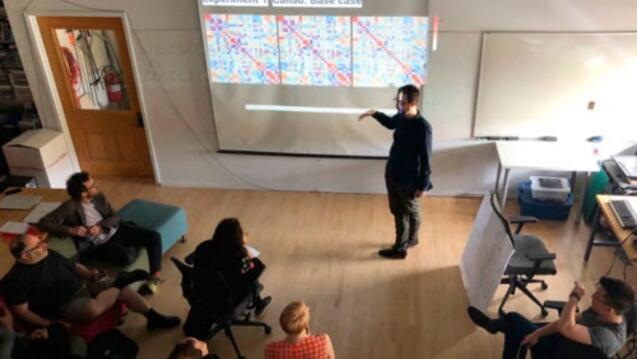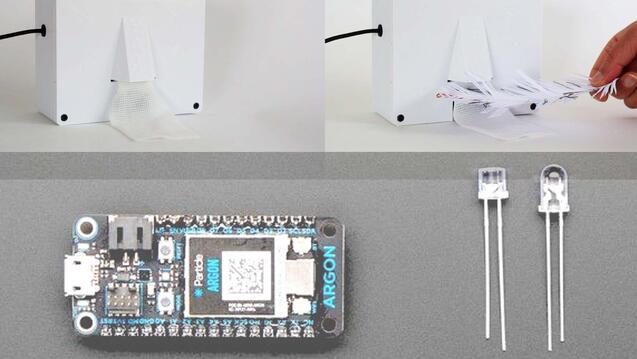
Daragh Byrne

Daragh Byrne has a PhD in Computer Applications from Dublin City University and is an Associate Teaching Professor in the Carnegie Mellon School of Architecture. He holds courtesy appointments in the Human Computer Interaction Institute and the School of Design. He co-directs the TRACES Lab on educational technology.
Situated in Carnegie Mellon Architeture’s Computational Design program, his teaching and research is grounded in computing and technology and the relationships to interactions, experiences, space and arts-integrative practices. His work explores two main aspects of emerging technology. Firstly, the role that digital tools and environments play in augmenting learning and creativity at the intersection of art, design and technology. Secondly, he examines the issues surrounding emerging technology by making them tangible through technology prototyping.
Recent work includes an NSF-funded project (#1736189) focused on augmenting documentation in maker-based learning. This resulted in IoRef, a creativity support tool for electronics and physical computing. Other work includes Spooky Technology, a multiyear design research project that has produced an edited volume, coursework, exhibitions, prototypes and research papers. He is a founding member and Technical Director of the award winning open-access peer-review multimedia journal for arts-integrative scholarship, Ground Works.
His teaching has been recognized by CMU with a Teaching Innovation Award (2017) and a Provost’s Inclusive Teaching Fellowship (2021). He is a member of the ACM Designing Interactive Systems (DIS) Conference Steering Committee, was the General Co-Chair of ACM DIS in 2023, publishes at ACM DIS, ACM C&C, IJAC and CAADRIA, has won two best paper/pictorial awards, and has received funding from the NSF, the NEH, the Manufacturing Futures Initiative, the Block Center for Technology and Society, and the ACLS.
Spring 2025 Teaching
This seminar introduces graduate students in Computational Design to the rudiments of graduate level academic research, and offers a space to discuss inchoate research methods, questions and projects in the field.
Classes provide both depth and breadth, while the culminating Thesis Project allows students the opportunity to narrow their research focus to a topic of personal and professional interest.
Fall 2024 Teaching
This studio examines how we might { break down; undo; rethink; dismantle; discard } the { visions; systems; objects; infrastructures; landscapes; junk; detritus } of { smart; connected; intelligent } technology.
This course charts the emergence of the now connected world to explore the possibilities for future products and connected spaces with the Internet of Things (IoT). This introductory, hands-on course invites students without any knowledge of programming, electronics or systems to create connected products.


